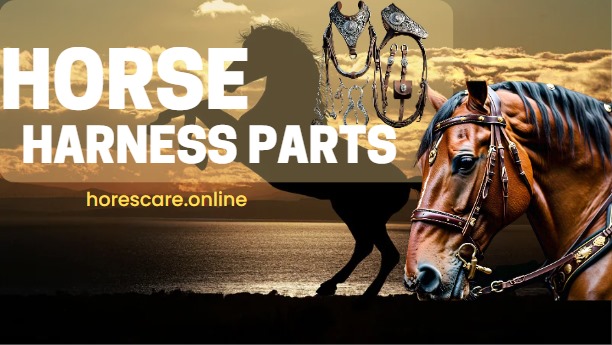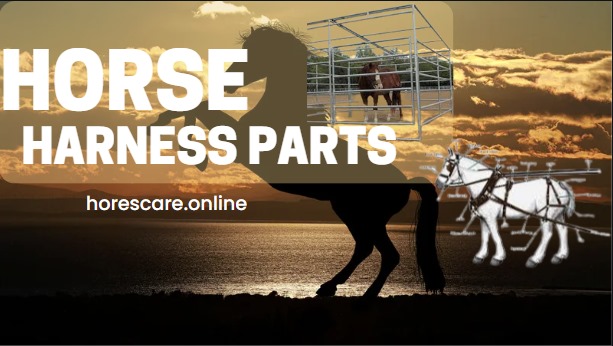The ecological range of tolerance describes the spectrum of environmental conditions that a species can withstand to live healthily.
For Przewalski’s horse, elements such as temperature, humidity, food, and water are essential to its well-being and play a significant role in shaping its survival abilities.
Being within these tolerable conditions is crucial; extreme or harsh changes can disrupt the horse’s health, reproduction, and even its everyday behaviors.
Temperature Tolerance in Przewalski’s Horse
Temperature is a critical factor within Przewalski’s horse’s range of tolerance, as it significantly influences their survival.
Living predominantly in Mongolia’s steppes, they face both hot summers and extremely cold winters. Remarkably, Przewalski’s horses have adapted to these conditions, especially with a thick winter coat that shields them from freezing temperatures.

The Role of Water in Survival
Access to water is another crucial component of the ecological tolerance range for Przewalski’s horse. The arid areas where they live mean that water is often limited, and these horses have adapted to survive with minimal water intake.
In extreme droughts, Przewalski’s horses turn to moisture-rich vegetation to stay hydrated, which provides them with some degree of resilience.
Nonetheless, reliable water sources are essential, particularly during the hotter seasons.
Feeding Habits and Nutritional Needs
Przewalski’s horses are natural grazers, feeding on grasses, leaves, and shrubs. Food availability plays a substantial role in their tolerance, especially since the vegetation in their habitat can be sparse.
These horses adapt by shifting their diet based on seasonal availability.
For example, in winter, they rely on dried grasses and available shrubs, showcasing their ability to maintain essential nutrition even with limited resources.
Must Visit
Habitat and Range of Movement
Przewalski’s horses are most often found in the open plains and steppes of Mongolia. These habitats not only provide ample space for movement but also allow the horses to evade predators and find new food sources.
However, their natural population is limited to protected areas due to conservation needs. Understanding their preference for open areas and the range they cover helps conservationists ensure they have adequate space and resources.
Impact of Climate Change on Their Tolerance Range
Climate change poses significant challenges to Przewalski’s horse’s range of tolerance.
Higher temperatures, altered rainfall patterns, and shifting vegetation growth cycles affect their food and water availability, making survival more challenging.
In the part about adapting to habitat conditions, I’ll use “hoof protection and care” as an anchor for horse shoes.
Conservation Efforts Supporting Tolerance and Survival
Conservation efforts play a vital role in supporting Przewalski’s horses. Programs such as the Hustai National Park reintroduction initiative in Mongolia work to create safe, stable habitats with adequate resources.
These protected areas allow the horses to live within their ecological range, with access to food, water, and roaming space, which significantly helps stabilize their population.
The ongoing collaboration with wildlife organizations has been critical for maintaining the ecological range of tolerance that Przewalski’s horse needs to thrive, helping sustain their wild population while avoiding extreme pressures that threaten their survival.

External Links:
For outbound informative links that add value to the post without overlapping with your niche content, here are a few possibilities:
- “Wildlife Conservation and Habitat Protection” – Link to a reputable site on conservation, such as the World Wildlife Fund (WWF), providing insights on general conservation methods and habitat needs for wildlife.
- “Climate Impact on Wildlife” – Link to a page on climate change effects on habitats, like the National Geographic climate resources section. This can support discussions on climate change and its impact on Przewalski’s horses.
Final Thoughts: Ensuring a Sustainable Future
Understanding the ecological range of tolerance for Przewalski’s horse is key to effective conservation.
Their unique adaptations to temperature extremes, scarce water sources, and limited food availability show just how resilient this species is.
Conservation efforts are fundamental to supporting these horses and ensuring that they remain within an environment where they can survive and grow.
Through continued research, habitat protection, and responsible conservation practices, we can help maintain the population of Przewalski’s horses in their natural habitat, safeguarding them for future generations.



